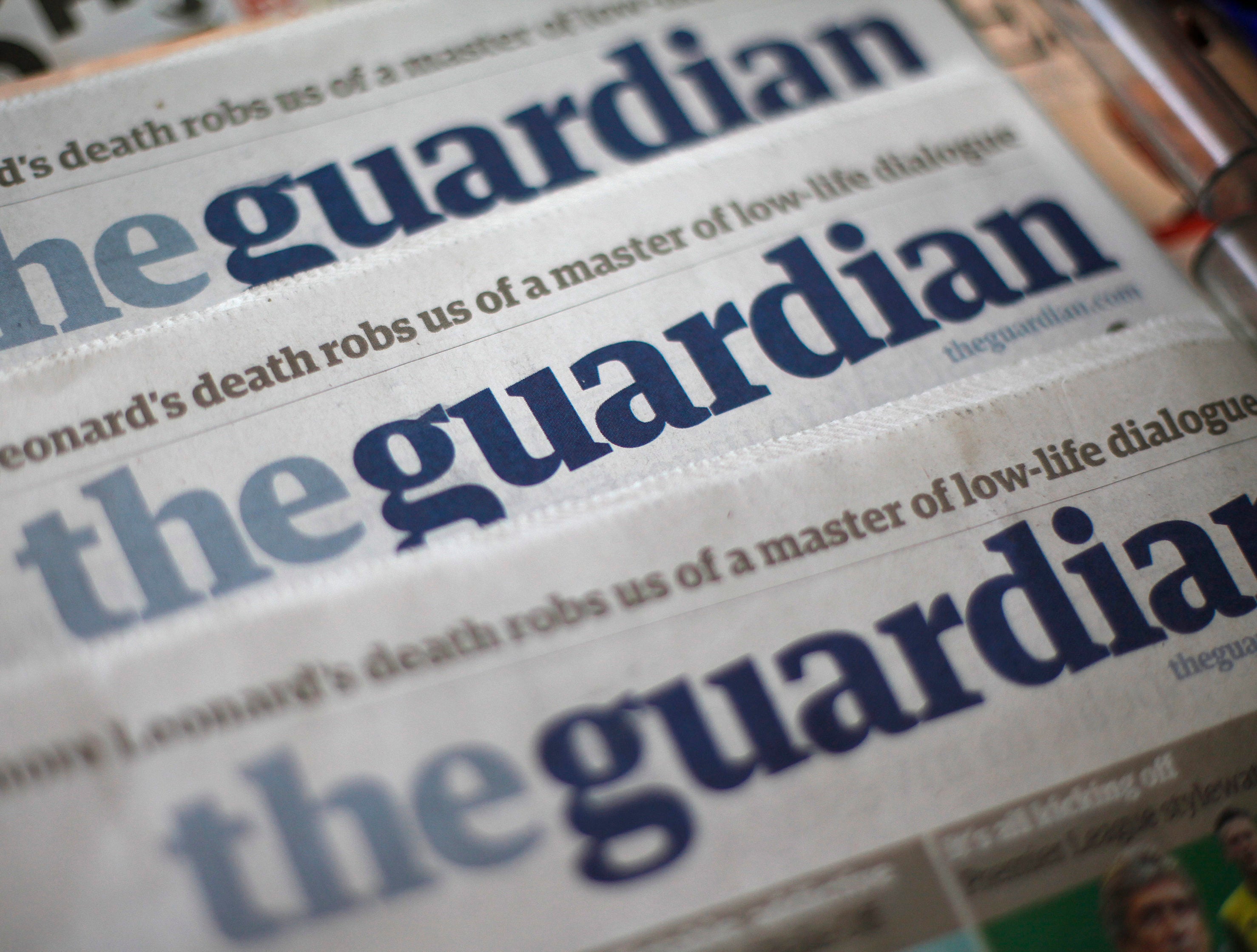
Guardian Media Group is expected to spend another £90m by the end of the financial year in April, up £30m on previous estimates, but maintains its three-year plan to turn its finances around is ahead of schedule.
Staff at the paper’s office in Kings Cross, London, were updated on the state of the business yesterday.
They were told a negative cash flow of £60m had already been recorded for the year but that this was set to rise still further.
It comes as the number of paying Guardian members has grown from 15,000 to 200,000 in the past year, with the title setting its sights on 1m members by April 2019.
Members do not receive extra or exclusive content but are paying to support the title’s continuation. They are divided into three categories: supporters, partners and patrons. Monthly fees range from £5 to £60 and include benefits on event bookings.
Guardian editor Katharine Viner announced a three-year plan to reverse the title’s decline in January last year, which has led to 250 redundancies and a reduction in its US operations. Staff are understood to have been told that the plan is ahead of schedule despite the title’s significant losses.
Losses before interest, tax, depreciation and amortisation are understood to be at about £35m for the nine months to the end of December 2016.
Last year, Guardian Media Group, publishers of the Guardian and Observer titles, reported a trading loss of £68.7m (earnings before interest, tax, deductibles and amortisation) and a pre-tax loss of £173m.
The losses are absorbed by the Scott Trust, a charitable trust that funds the group. Its cash reserve is understood to be at about £743m currently, down from £765m last April.
A move from The Guardian’s existing Berliner-size format to a tabloid size has been touted as a possible money saving option. The Guardian Press Centre opened in 2005 with two new Berliner-size printing presses. The total investment was said to be £80m.
When The Guardian switched from broadsheet to the narrower Berliner format in 2005 it was selling around 400,000 copies per day. Its latest ABC figure shows an average daily sale of 161,091 copies.
This, coupled with the fact there are far fewer print advertising pages now than a decade ago, means The Guardian has a huge amount of spare print capacity. As such it will be paying for its printing presses to stand idle for much of the time.
Email pged@pressgazette.co.uk to point out mistakes, provide story tips or send in a letter for publication on our "Letters Page" blog
